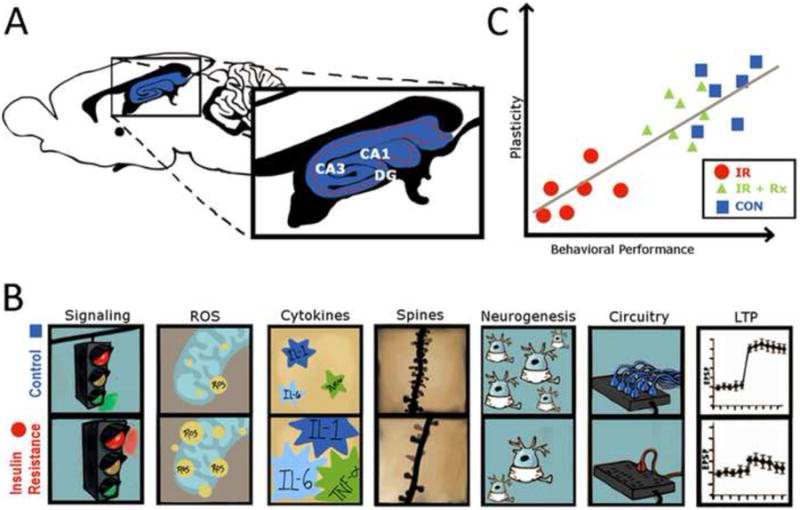Figure 2. Hippocampal neuroplasticity deficits in experimental models of IR: causes and consequences.

In experimental models, the complications of peripheral insulin resistance extend to the central nervous system and elicit neuroplasticity deficits in the hippocampus, including impairments in the dentate gyrus (DG) and the CA1 and CA3 regions of Ammon's Horn (Panel A). An important mechanism in hippocampal neuroplasticity deficits is the development of hippocampal IR, which results from a combination of decreases in BBB transport of insulin and insulin receptor signaling (Panel B). The cellular underpinnings of hippocampal IR are also likely to include mitochondrial dysfunction leading to increased production of reactive oxygen species (ROS) and neuroinflammation, including increased levels of pro-inflammatory cytokines. The consequences of hippocampal IR include morphological changes (decreases in spine density and neurogenesis and disruption of neuronal circuitry), as well as deficits in synaptic transmission (LTP). While these IR-induced hippocampal neuroplasticity deficits are associated with impairments in the performance of hippocampal-dependent behaviors (Panel C), a variety of intervention strategies are known to effectively restore neuroplasticity in models of hippocampal IR. See text for details.
